UNESCO World Heritage Site is a collection of historical, cultural, and natural sites registered by UNESCO. Iran with 24 UNESCO World Heritage Sites is among the top 10 countries with the most Cultural Heritage Sites on the UNESCO’s World Heritage List in the year 2021. Iran’s UNESCO sites include cultural (22 sites) and natural (2 sites). 14 intangible cultural heritages are inscribed in Iran’s UNESCO World Heritage Sites. When a site is added to the UNESCO World Heritage Site, it means it belongs to all human beings under the World Heritage Convention, and any state, regardless of religion or race, is obliged to protect and preserve it.
Iran, as one of the oldest civilizations in the world, attracts many tourists from around the world. UNESCO World Heritage Sites in Iran are the most valuable destinations for tourists. Two of the UNESCO world heritages in Iran are natural including Hyrcanian forests and the Lut Desert. The rest of them are cultural sites belonging to various historical eras in Iran. These historical eras include the Elamite, Achaemenes, Sassanid Empires, and the Empires after Islam. In other words, UNESCO world heritages in Iran include sites from almost 1200 B.C. to one hundred years ago. Here is a brief introduction to some of the most famous world cultural heritages of Iran:
Meidan Emam, Isfahan
Meidan Emam was built by Shah Abbas I at the beginning of the 17th century. The Square and surrounding Mosque and Palace are a true testimony to the level of social and cultural life in Persia during the Safavid era. You can easily spend an entire day just wandering around Meidan Emam, marveling at the jaw-dropping architecture and haggling with bazaar salesmen. One of the first sites in Iran to be registered with UNESCO in 1979, is this amazing square.
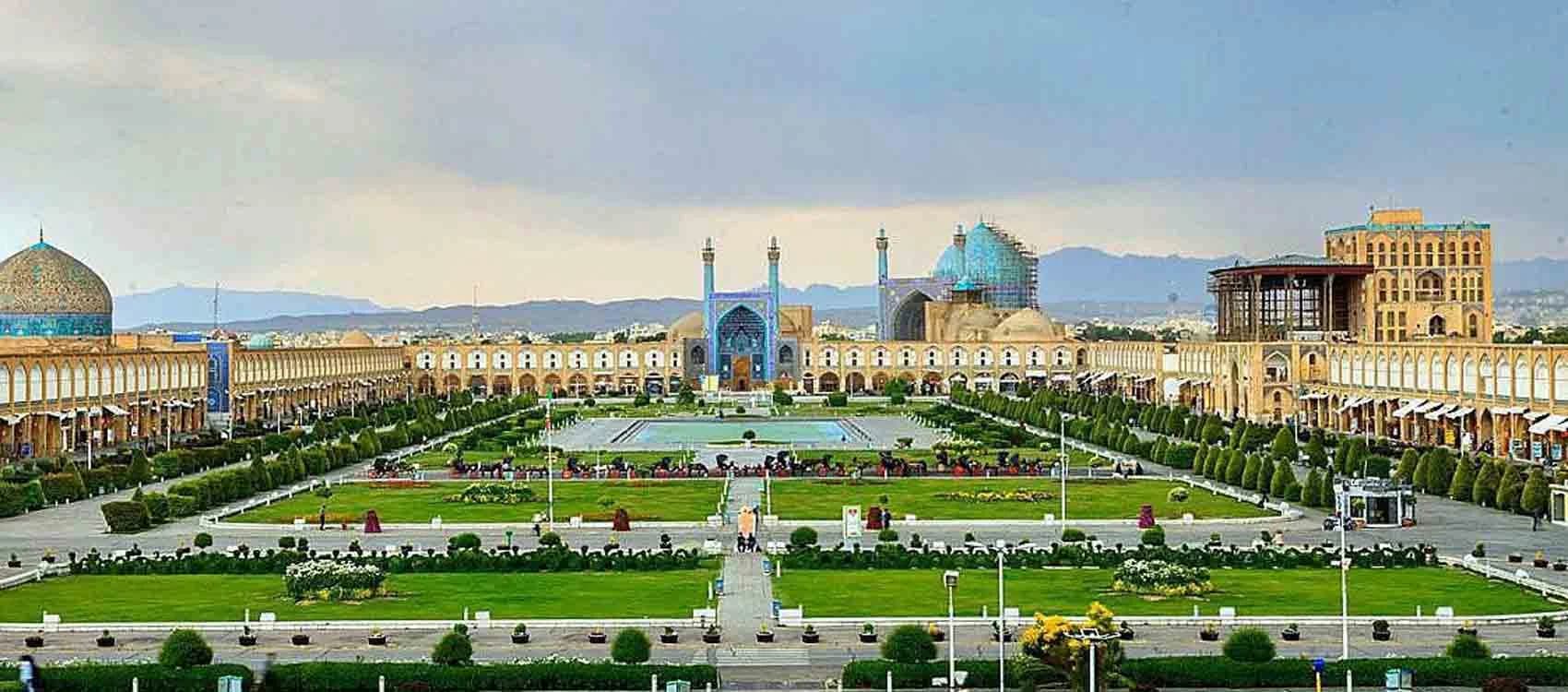
Golestan Palace, Tehran
Included in the UNESCO World Heritage Site in 2013, Golestan Palace is located just a few steps away from Tehran’s Grand Bazaar. The lavish palace was the Qajar dynasty’s seat of government which came into power in 1779 and made Tehran the capital of the country. The architecture, magnificent pools, green spaces, and mosaic facades are enough reasons to visit this beautiful palace. There are also some of the best paintings from Kamal ol-Molk throughout the building which should not be missed. The outstanding architecture has been a source of inspiration for Iranian artists to this day.
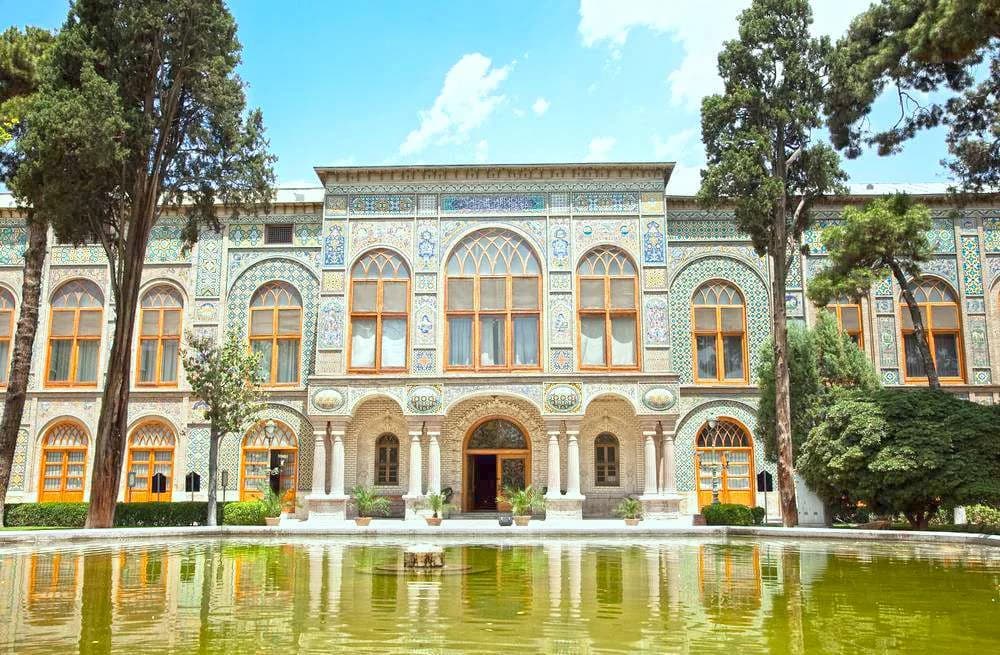
Bam and its Cultural Landscape, Kerman
The ancient desert city of Bam, located in southern Kerman was registered as UNESCO World Heritage Site in 2004. Upon arriving in Bam you’ll immediately feel like you’re in a life-sized sand castle. Arg-e Bam dates back over 2,000 years to the Parthian Empire. Built out of kesht (sun-dried mud bricks) in the 6th to 4th centuries B.C., Arg-e Bam served as the governor’s quarters. In 2003 a devastating earthquake nearly flattened this mud brick city, killing over 26,000 people. Thanks to the underground irrigation canals, and the qanāts, life in the oasis was made possible.

Pasargadae, Shiraz
Pasargadae, the first capital of the Achaemenid Empire in the 6th century B.C., founded by Cyrus the Great was added to UNESCO in 2004. Pasargadae is known as the first multicultural empire that respected cultural diversity. Particularly noteworthy vestiges in the 160-ha site include the Mausoleum of Cyrus II; Tall-e Takht, a fortified terrace; and a royal ensemble of gatehouse, audience hall, residential palace, and gardens.
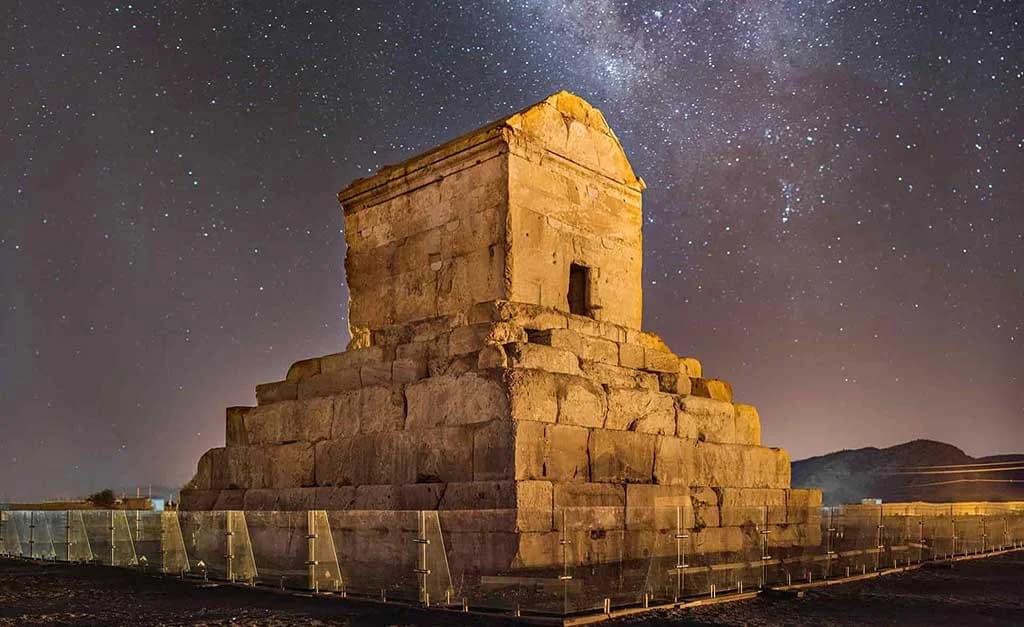
Sheikh Safi al-din Khanegah and Shrine Ensemble in Ardabil
Joining UNESCO in 2010, this shrine is located in the northwestern city of Ardabil. Sheikh Safi al-din’s tomb (a leader of Islamic Sufi mysticism) is located here. Built between the beginning of the 16th century and the end of the 18th century, this place of spiritual retreat in the Sufi tradition uses Iranian traditional architectural forms to maximize the use of available space to accommodate a variety of functions (including a library, a mosque, a school, mausolea, a cistern, a hospital, kitchens, a bakery, and some offices). It constitutes a rare ensemble of elements of medieval Islamic architecture.
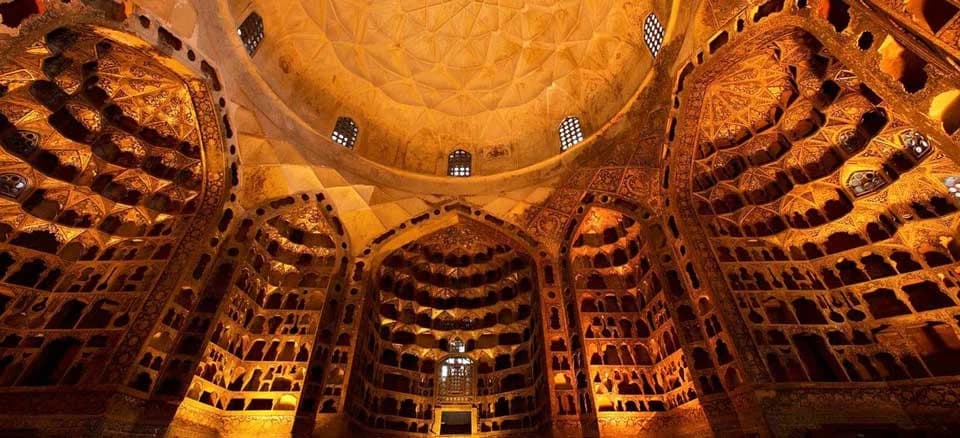
Tabriz Historic Bazaar Complex
Tabriz has been a place of cultural exchange since antiquity and its historic bazaar complex is one of the most important commercial centers on the Silk Road. Tabriz Bazaar, one of the oldest bazaars in the Middle East, was added to UNESCO in 2010. The building consists of a series of interconnected, brick structures, where at each part different products such as gold, jewelry, shoes, and much more are sold.
When Tabriz became the capital city of the Safavid kingdom, Tabriz Bazaar was already famous. The city lost its status as capital in the 16th century, but remained important as a commercial hub until the end of the 18th century, with the expansion of Ottoman power. It is one of the most complete examples of the traditional commercial and cultural system of Iran.
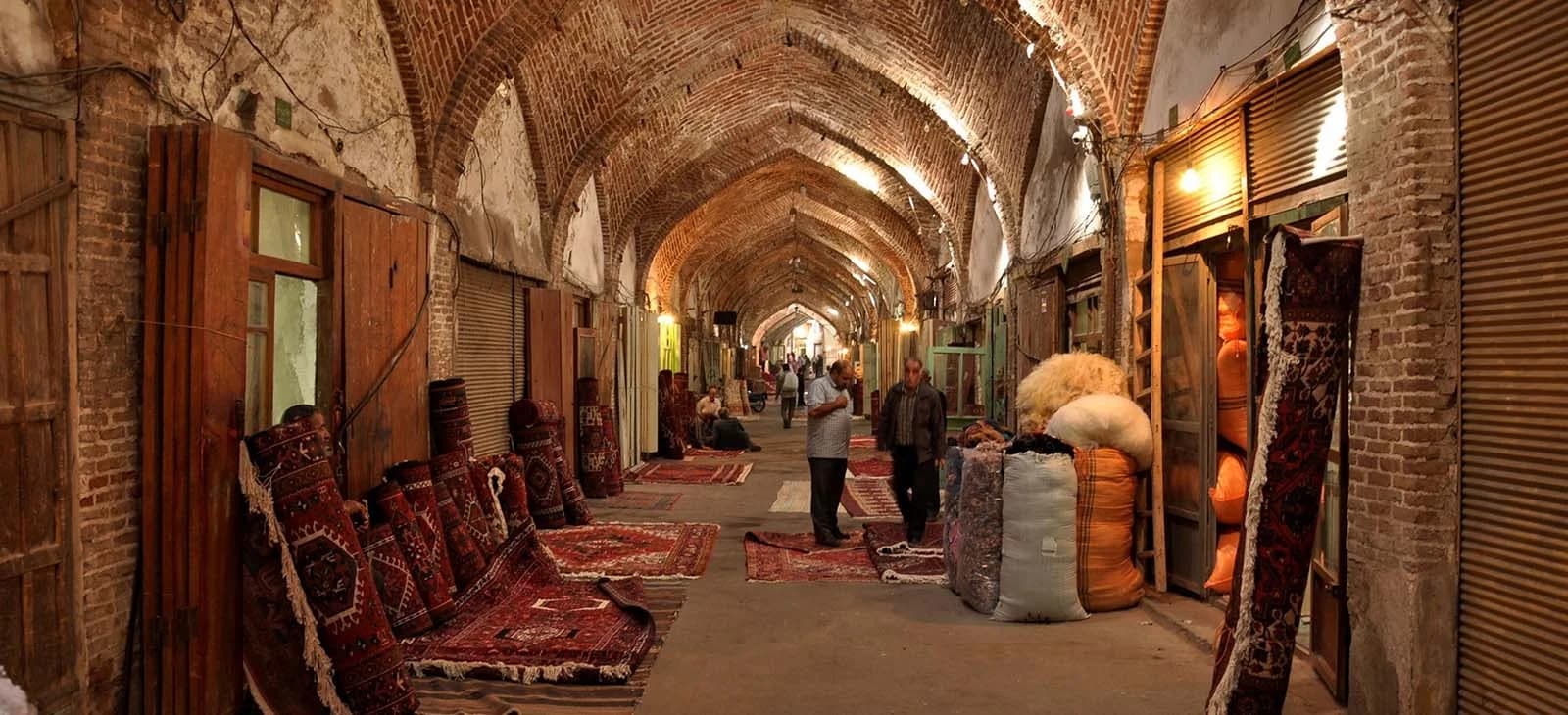
Soltaniyeh, Zanjan
By the order of Uljayto, also known as Mohammad Khodabandeh, the Ilkhanid ruler in Tabriz, the dome of Soltaniyeh was constructed in the 14th century. Inscribed as a UNESCO site in 2005, the dome now serves as his mausoleum. You can easily see from afar the glistens of its ceramic turquoise dome in the sun. Brimming with intricately detailed work, the interior is an outstanding representative of Islamic architecture. It is the earliest existing example of the double-shelled dome in Iran.
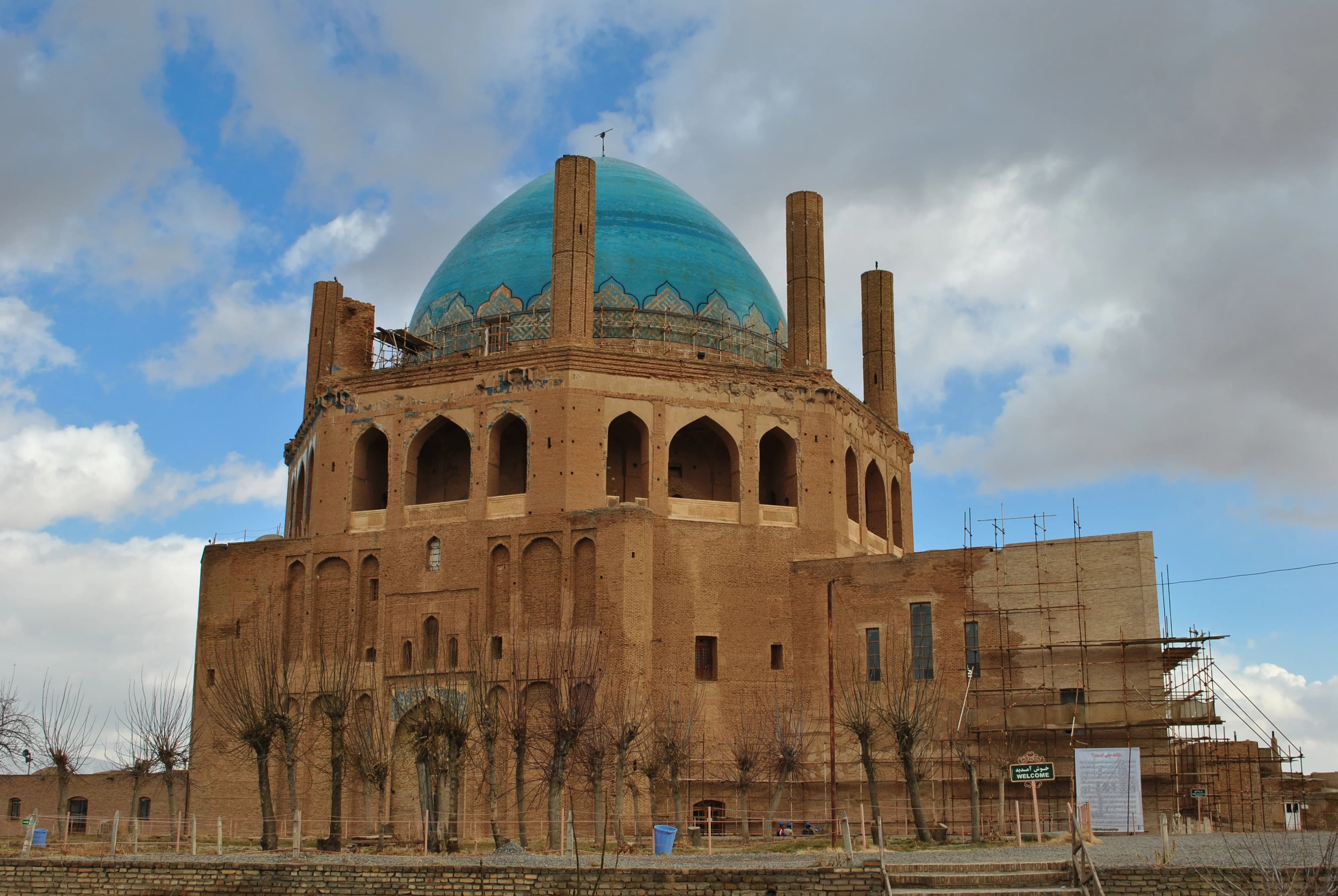
Shushtar Historical Hydraulic System, Ahvaz
Shushtar, a Historical Hydraulic System, inscribed as a masterpiece of creative genius, can be traced back to Darius the Great in the 5th century B.C. It was registered as a UNESCO site in 2009. It involved the creation of two main diversion canals on the river Karun one of which, the Gargar canal, is still in use providing water to the city of Shushtar via a series of tunnels that supply water to mills.
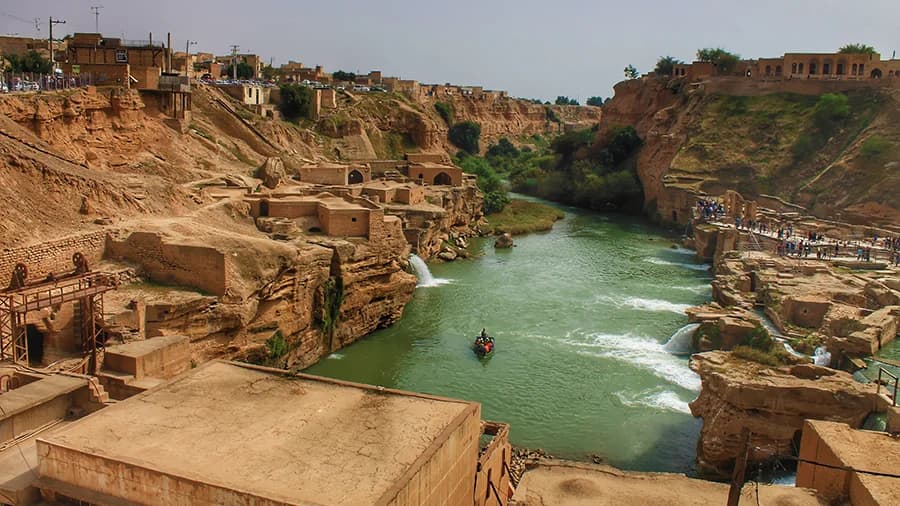
Persepolis, Shiraz
Persepolis was among the first 3 sites to join UNESCO in 1979. Known locally as Takhte Jamshid, Persepolis was the ceremonial capital of the Achaemenid Empire in the 5th century BC. What remains of this pinnacle of Persian civilization are massive columns and former palaces, innumerable reliefs depicting nationalities that once walked through there, and three humbling sepulchers on the hillside behind the ruins.

Conclusion
UNESCO World Heritage Sites are priceless treasures that transcend borders and generations. These sites, whether ancient ruins, natural wonders, or cultural landmarks, weave a global tapestry of human achievement and resilience. These UNESCO World Heritage Sites not only celebrate Iran’s past but also contribute to our global understanding of human history and natural wonders. They beckon travelers to explore their stories and immerse themselves in the beauty of Iran’s cultural and natural heritage. Iran boasts twenty-seven UNESCO World Heritage Sites, each a testament to the country’s rich cultural and historical legacy.